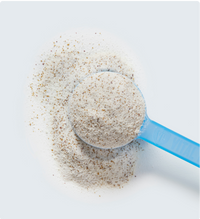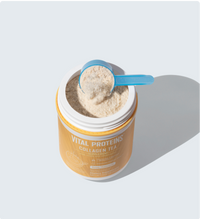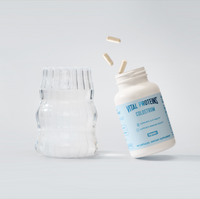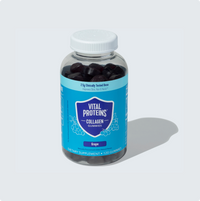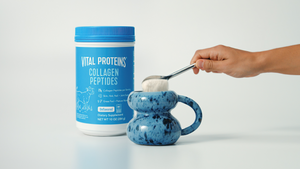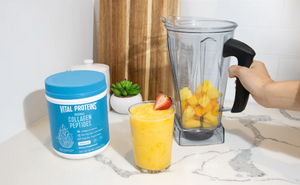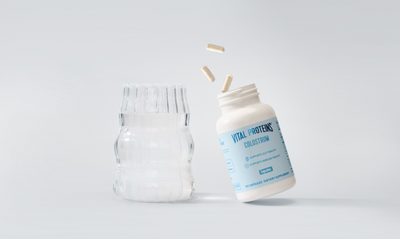Sweating means your workout is working, right? It may seem that the more you sweat the better the workout. But that's not the case. Really, monitoring your heart rate gives you the most precise gauge on your fitness intensity. We know we need cardiovascular training to stay healthy.
But within that commitment is a will to exercise within a proper intensity range for you as an individual. Knowing your range and how to monitor it can change both your level of motivation and the results you get from your workouts. The best way to stay on track is to calculate your target heart rate zones, monitor from warm up to cooldown, and utilize this information to your workout performance advantage.
Vital Note: This article has been made available for informational and educational purposes only. It is not intended to be a substitute for professional medical advice, diagnosis, or treatment. Always seek the advice of your physician or another qualified health provider with any questions you may have regarding a medical condition. Your licensed healthcare professional can best provide you with the diagnosis and treatment of any medical condition and assist you as well in deciding whether a dietary supplement will be a helpful addition to your regimen.

What Is Target Heart Rate?
According to the American Heart Association (AHA), your target heart rate is 50 to 85 percent of your maximum heart rate. This is where you should be during exercise. If you don't have a heart rate monitor, place two fingers over your wrist or neck and count the number of beats per minute. Your beats per minute should not exceed your maximum heart rate number.
How to Calculate Your Target Heart Rate Zones
Your target heart rate will vary by age. So before we get to target heart rate zones, let's first calculate your maximum heart rate (MHR). To find your MHR, take 220 minus your age. For example if you're 40, your MHR is 180 (220 – 40 = 180).
Once you've done that, multiply that number by 0.5 and 0.85 to get your target heart rate (THR) zones.
Related Articles
What heart rate zone should i be in?
Staying within your target heart rate zone will keep you from exercising below your capability or going overboard into exhaustion. Moderate intensity exercise means staying within 50 to 70 percent of your target heart rate, while vigorous intensity activity is classified by working at 70 to 85 percent THR.
What is a good heart rate for my age?
Take into account that your heart rate can change based on your activity, climate, intensity and hydration level. For more information on what heart rate zone is right for you, refer to this AHA chartand speak with your doctor.
Slow down if you do too much. Stay accountable when you know you could step it up a bit. Moderate intensity exercise includes things like walking, light swimming, tennis doubles or aerobics. Vigorous intensity exercise includes spin class, sprints, hiking uphill or soccer.
Some days you could wring the sweat out of your workout clothes. Unfortunately, sweating doesn't accurately determine how hard your heart is pumping to execute your workouts. Exercise should be a safe, effective activity that won't deter you from coming back again and again. Calculate, monitor and exercise smarter using your target heart rate!

